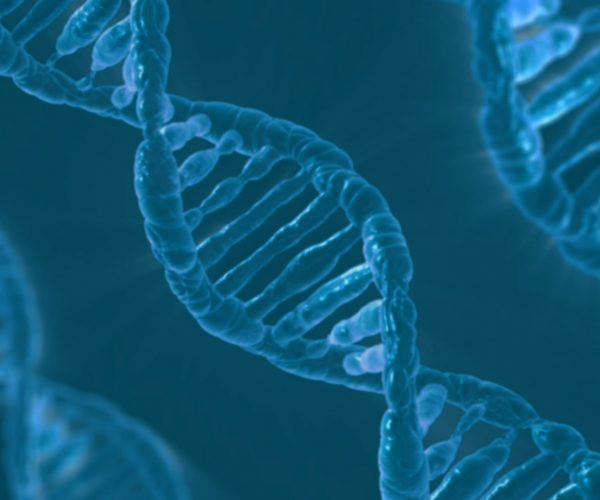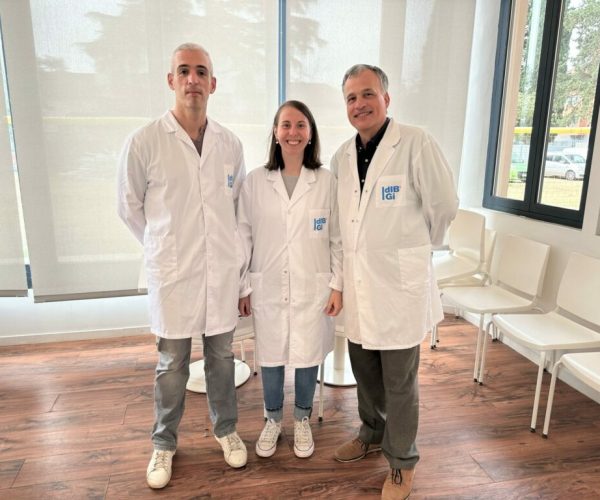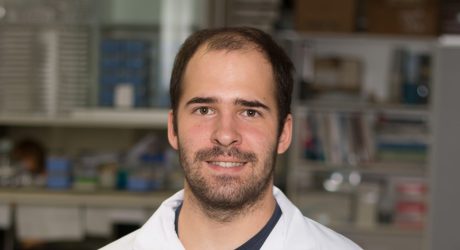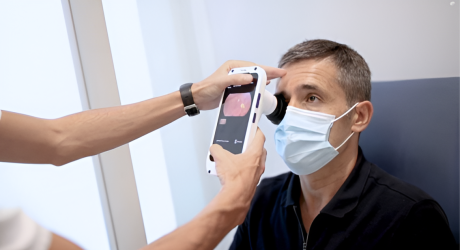A link between histidine and fatty liver disease discovered in a study by IDIBGI and Eurecat
- Researchers at the Institute for Biomedical Research of Girona (IDIBGI) and the Eurecat technology centre have also found that histidine levels are linked to a bacterial species in the gut microbiota.
- This research suggests that the interaction between microbiota, histidine and fatty liver may open up new therapeutic opportunities to improve liver health in patients with obesity.
A study by the Girona Biomedical Research Institute Dr. Josep Trueta (IDIBGI) and the Eurecat technology centre reveals a link between low levels of histidine in the blood and fatty liver disease. Published in the scientific journal “Cell Reports Medicine“, the research suggests new therapeutic opportunities to improve liver health in patients with obesity.
Non-alcoholic fatty liver disease is the most common liver disease worldwide and affects an estimated one in four people. It is characterised by an excessive accumulation of fat in liver cells due to metabolic causes, unrelated to alcohol consumption, and is linked to obesity and diabetes. This research, carried out by both institutions, focused on exploring the relationship between fatty liver disease and histidine, an essential amino acid with important functions in the body. The results show that histidine has a significant inverse relationship with fat accumulation in the liver.
The research team from the Nutrition, Eumetabolism and Health group at IDIBGI and CIBEROBN reached this conclusion by examining three different groups of people, totalling 651 individuals, either healthy or with varying degrees of fatty liver disease.
In addition, in the analysis of the intestinal microbiota, they identified a group of specific bacteria clearly associated with histidine levels: the more proteobacteria in the intestinal microbiota, the less histidine in the blood. “Proteobacteria have genes involved in histidine degradation and are increased in patients with fatty liver disease,” says Dr. Jordi Mayneris-Perxachs, IDIBGI senior researcher who led this publication. “This could explain why histidine levels are lower in these patients, and could cause fat accumulation in the liver,” he adds.
Validation of the results was carried out in collaboration with Eurecat in trials in four different preclinical models, including rodents and the “fruit fly” (Drosophila Melanogaster). In all models, histidine supplementation of the diet improved the condition of the fatty liver, decreasing the expression of genes involved in fat synthesis and triglyceride levels in the liver.
“Dietary supplementation with amino acids is known and safe, and the fact that our treatment has worked in different preclinical models makes us think that it can be successfully transferred to people with fatty liver disease,” explains Dr. Xavier Escoté, researcher at the Eurecat Nutrition and Health Unit.
“Currently, fatty liver disease is treated with lifestyle recommendations and some medication, but without a fully effective specific treatment. Therefore, these findings suggest a solid therapeutic target,” says Dr. José Manuel Fernández-Real, head of the Nutrition, Eumetabolism and Health research group at IDIBGI and CIBEROBN, who is also head of the Endocrinology section at the Josep Trueta Hospital in Girona.
Therefore, the results of this research may lead to explore possible future treatments, such as supplementing the diet with histidine or modifying the microbiota, to improve liver health in patients with obesity. The first authors of the study are Dr. Anna Castells-Nobau, researcher at IDIBGI, and Sergio Quesada-Vázquez, researcher at Eurecat.
Reference article: Quesada-Vázquez S, Castells-Nobau A, Latorre J, Oliveras-Cañellas N, Puig-Parnau I, Tejera N, Tobajas Y, Baudin J, Hildebrand F, Beraza N, Burcelin R, Martinez-Gili L, Chilloux J, Dumas ME, Federici M, Hoyles L, Caimari A, Del Bas JM, Escoté X, Fernández-Real JM, Mayneris-Perxachs J. Potential therapeutic implications of histidine catabolism by the gut microbiota in NAFLD patients with morbid obesity. Cell Rep Med. 2023 Dec 19;4(12):101341. doi: 10.1016/j.xcrm.2023.101341. PMID: 38118419.




